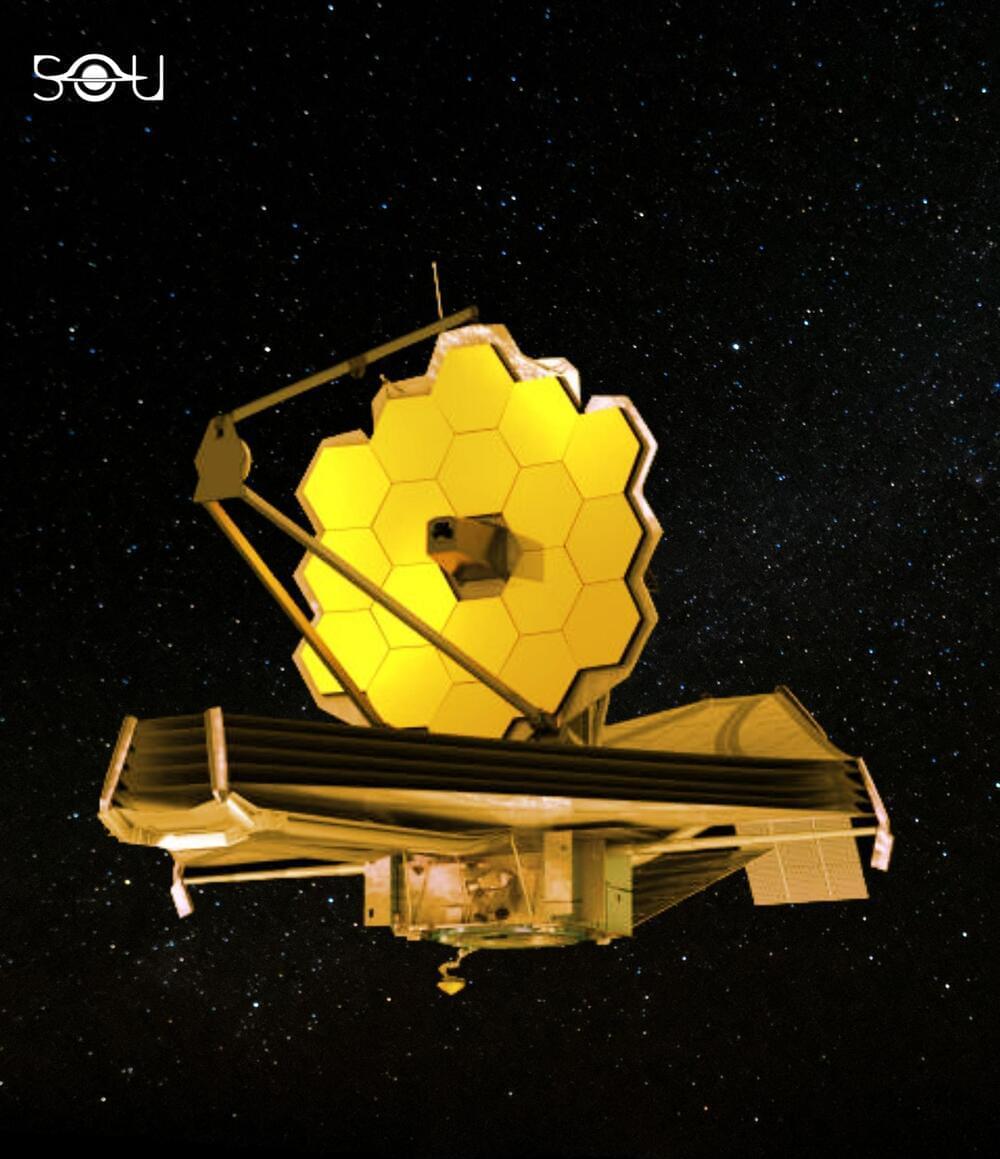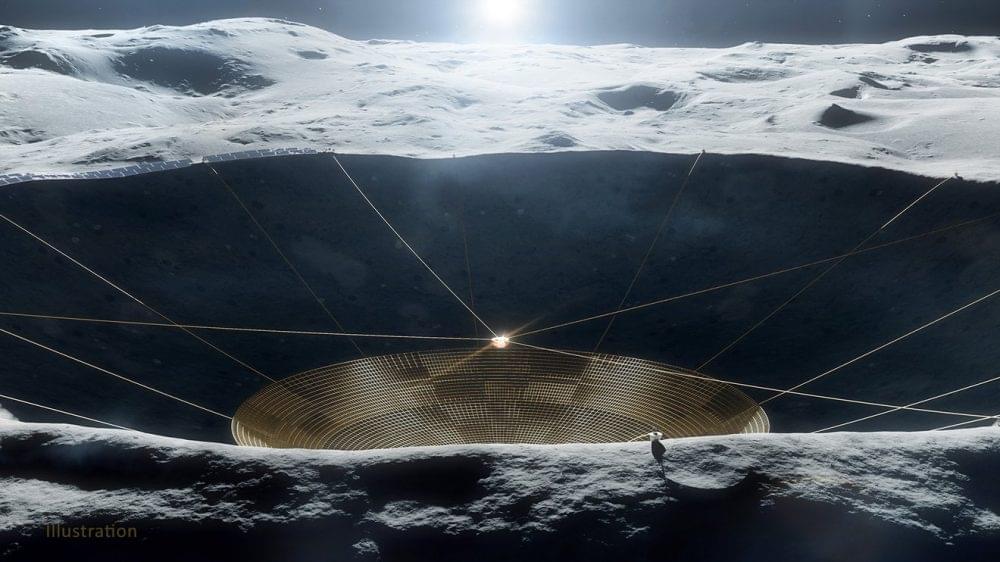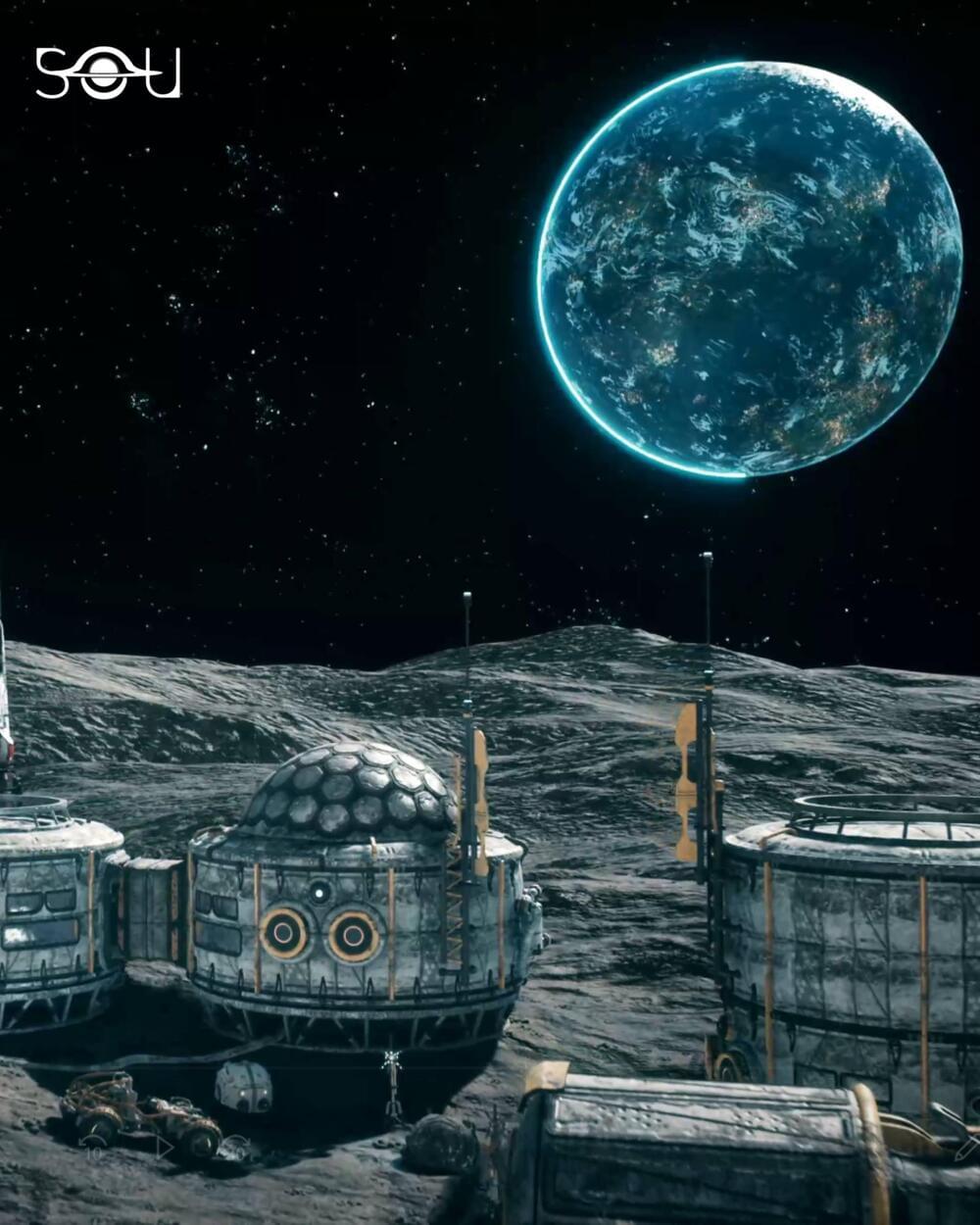Musk is sounding a familiar alarm. But the math might not add up.
SpaceX CEO Elon Musk is sounding the alarm, as data sparks concern over global population figures.
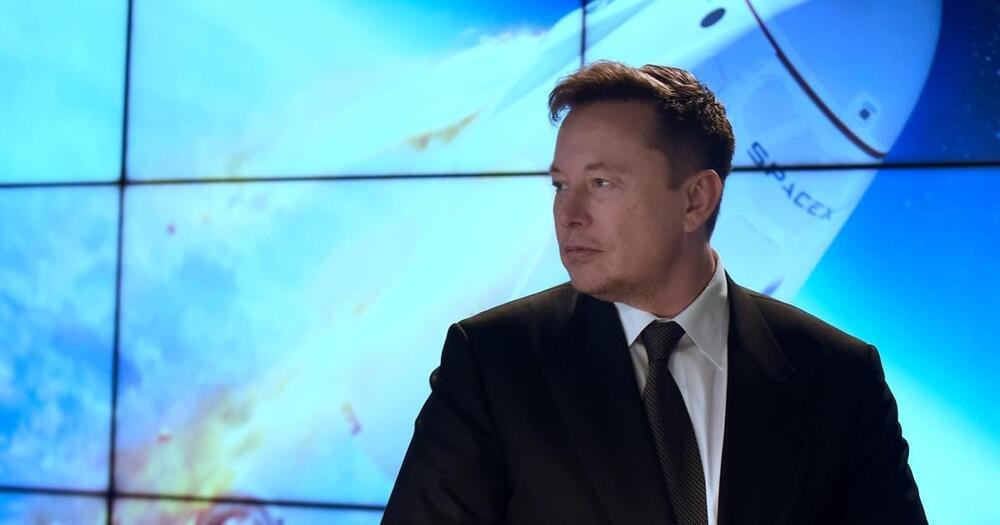
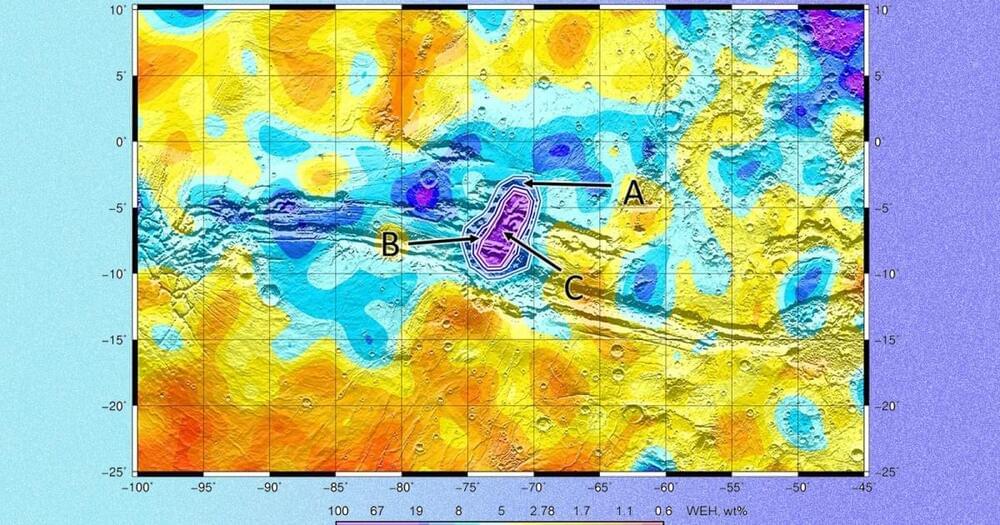
Scientists have discovered a huge store of hidden water on Mars — and it could be the key to human survival on the Red Planet.
The challenge: Researchers have already discovered ice water on Mars at or near the surface of its frigid poles. They’ve also found evidence of water — either in the form of ice or bound to minerals in the soil — deep underground closer to the Red Planet’s equator.
What they really want, though, is near-surface water closer to the equator. That’s where future Mars explorers are likely to land, and an accessible source of water would be hugely useful for their missions, not only for drinking and growing food, but also for creating oxygen and fuel.
This series is absolutely fantastic. Especially for Transhumanist non-astrophysicists like me!
Thank you to Wren for supporting PBS. To learn more, go to https://wren.co/start/spacetime.
PBS Member Stations rely on viewers like you. To support your local station, go to: http://to.pbs.org/DonateSPACE
Sign Up on Patreon to get access to the Space Time Discord!
https://www.patreon.com/pbsspacetime.
We routinely simulate the universe on all of its scales, from planets to large fractions of the cosmos. Today we’re going to see how it’s possible to build a universe in a computer — and see whether there’s a limit to what we can simulate.
On one hand, he wants to travel to other planets and on the other he wants to make our planet cleaner. So I really wonder, do you think he’s helping the world or is he out of touch with reality?

The next flight on Mars marks the first of 2022 and the nineteenth for NASA’s Ingenuity Mars Helicopter. The current mission goal is to reach the Jezero river delta to aid the Perseverance rover in path planning and scientific discovery. This flight, which will take place no earlier than Friday, Jan. 7, takes the scout vehicle out of the South Séítah basin, across the dividing ridge, and up onto the main plateau. The precise landing target for Flight 19 is near the landing site of Flight 8. Images taken during Flight 9 by the rotorcraft’s high-resolution Return-To-Earth (RTE) camera were used to select a safe landing zone.
While short, the flight has a challenging start due to featureless sandy terrain that the helicopter currently sits on. Initially chosen for the lack of rocks to land safely, the area is actually so devoid of rock that warnings were reported during Flight 18 landing due to insufficient features to track in the vision navigation. As a result, fault protection parameters will be updated to mitigate the risk of a premature landing mid-ascent.
Flight 19 is the third necessary to cover the same ground flown during Flight 9 — in the opposite direction. This slower approach was taken due to the lack of large landing sites in this portion of Séítah and lower atmospheric density in the summer months which requires higher rotor speeds and power draw from the motors. Spanning 207 feet (63 meters), this flight will last about 100 seconds at a groundspeed of 2.2 mph (1 meter per second) and altitude of 33 feet (10 meters) while taking 9 new RTE images. The final act of the flight is to turn nearly 180 degrees to flip the RTE camera to a forward-facing orientation for future flights toward the river delta.

